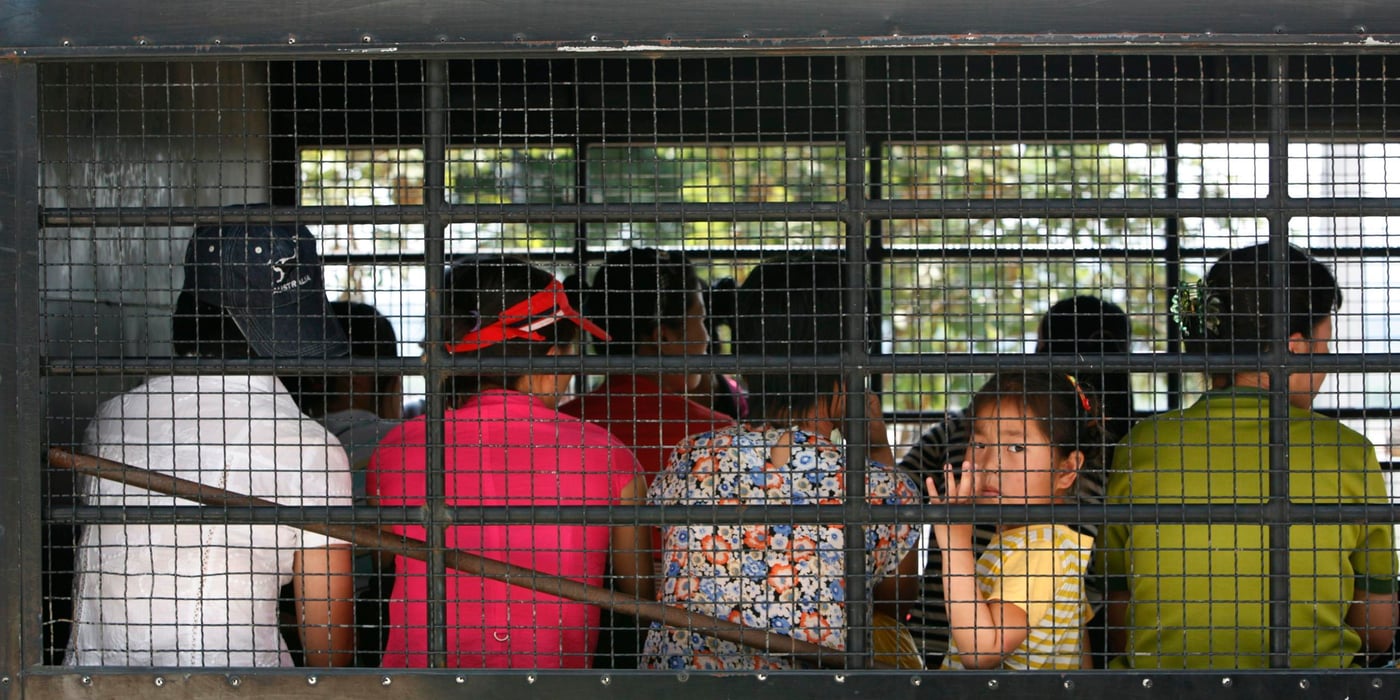
Take a break from watching the Winter Olympics for a moment, and read up on 10 things you should know about those who flee from the neighbour in the north:
#1. Food shortages and oppression led to flight
The main causes for the increasing number of refugees near the end of the 20th century and since the millennium have been a dire lack of food and medicine, as well as political persecution.
#2. More than 30,000 North Koreans are refugees
No nation in the world has gone further than North Korea in their policies of locking their people in and shutting the world out. But even for the North Korean regime, it eventually became impossible to keep everyone confined. Since 1999, an increasing number of North Koreans have managed to cross the border rivers of Tumen and Yalu and into China. By the beginning of 2018, 31,339 North Koreans had arrived in South Korea.
#3. There has been a decrease in the number of refugees in recent years
In 2017, 1,127 North Korean refugees arrived in South Korea. That is a 21 percent decrease from 2016, and the lowest number since Kim Jong-un came to power in 2011.
#4. Security is tightening on both sides of the border
The reason for the decrease is tougher security and electric fences along the Tumen river marking the border to China. Very few have managed to flee through the demilitarised zone separating North and South Korea. Most people make it to South Korea through China.
#5. North Korean refugees are hiding in China
The number of North Korean refugees hiding in China is estimated to be between 50,000 and 200,000. Even though China has signed the UN convention relating to the status of refugees, the Chinese government sees these people as migrants without residence permits, and they are not allowed to apply for asylum. All who are caught are returned to North Korea, where they are, at best, at risk of facing several years in labour camps, and at worst, death.
#6. The majority of the refugees are women
About 70 percent of the North Korean refugees in South Korea are women. This number has been steadily rising over the past few years, and in 2017, 85 percent of the refugees were women.
#7. North Korean refugees are victims of human trafficking
Many refugees marry Chinese men and are thus able to pass under the radar of the Chinese government. Others are recruited for sex trafficking or cheap labour.
#8. Long escape routes through China
A small number of people manage to travel directly from China to South Korea, using false identification papers provided by a network of Koreans with Chinese citizenship. Many, however, have taken a long journey through China to Mongolia, or countries in south-east Asia, where they have been able to contact South Korean embassies.
#9. The refugees are given entry vetting and cultural integration training after arrival in South Korea
Upon arrival in South Korea, all North Korean refugees have to go through lengthy interrogation, intended among other things to hinder infiltrators from slipping through. In addition, they have much to learn – spanning from the South Korean version of the Korean War to practical skills such as using an ATM.
#10. North Korean refugees suffer from trauma
Many are very traumatised upon their arrival in South Korea. The process of integration is difficult, and many feel guilt for leaving their family members behind in North Korea.

